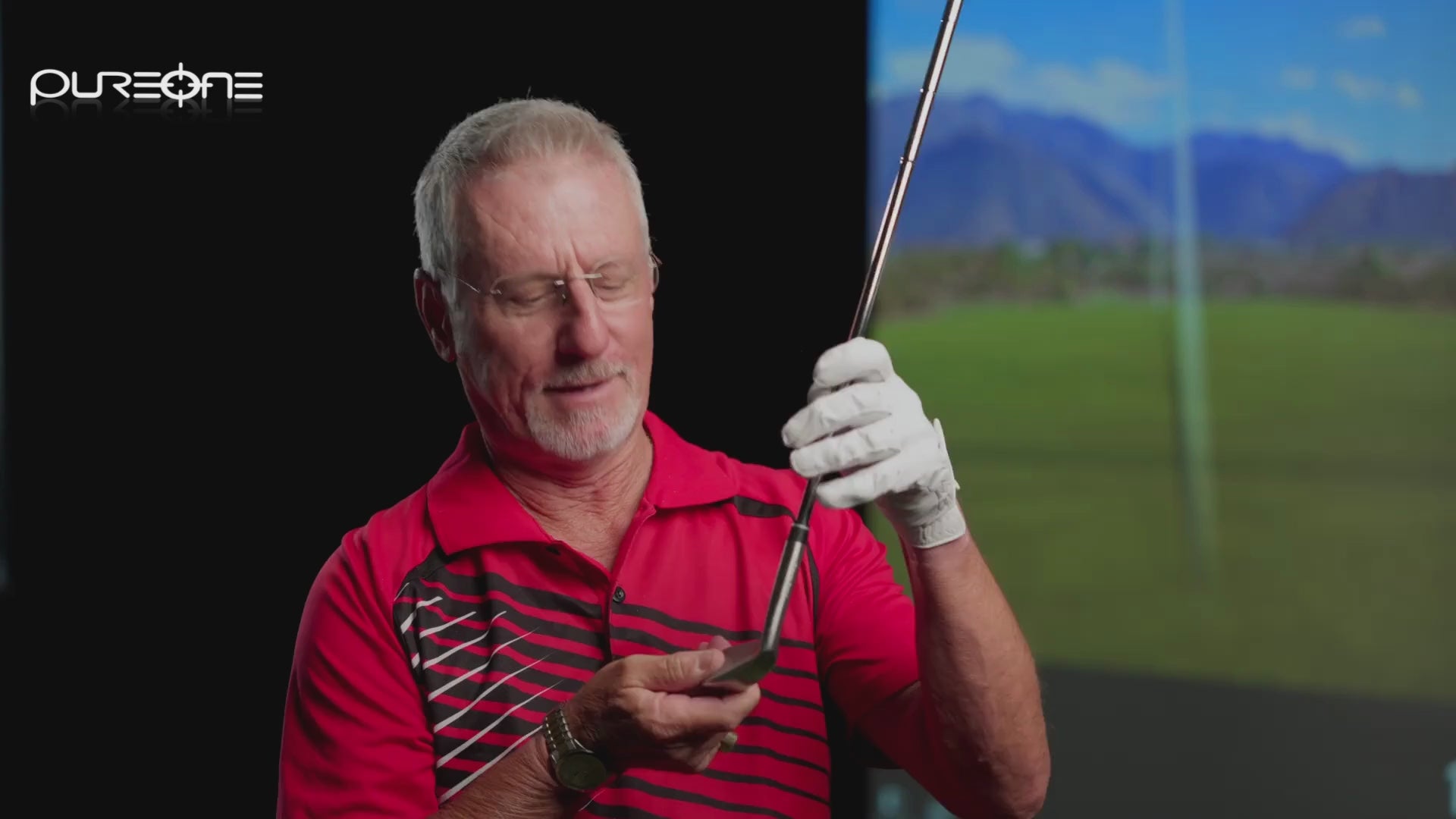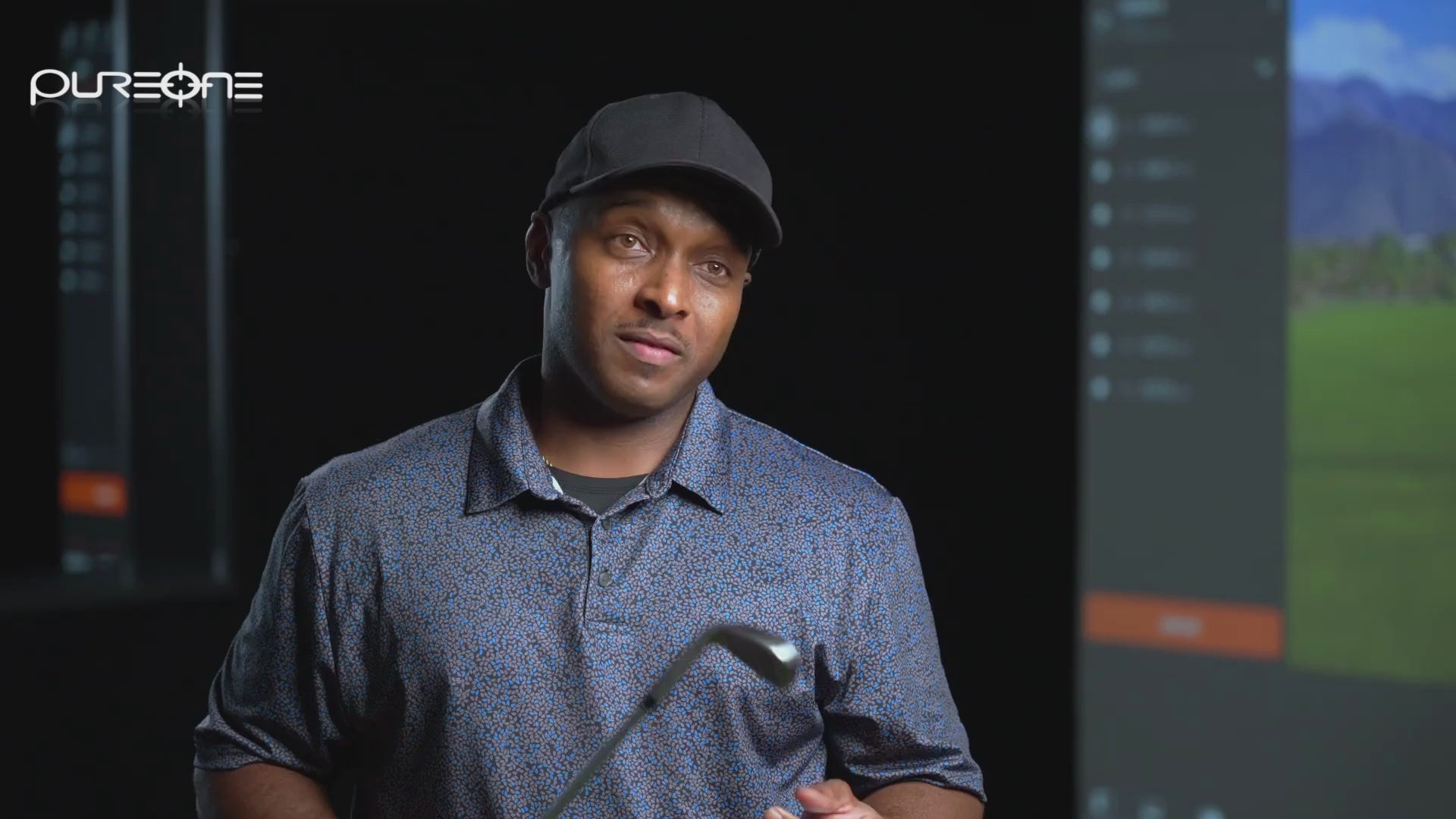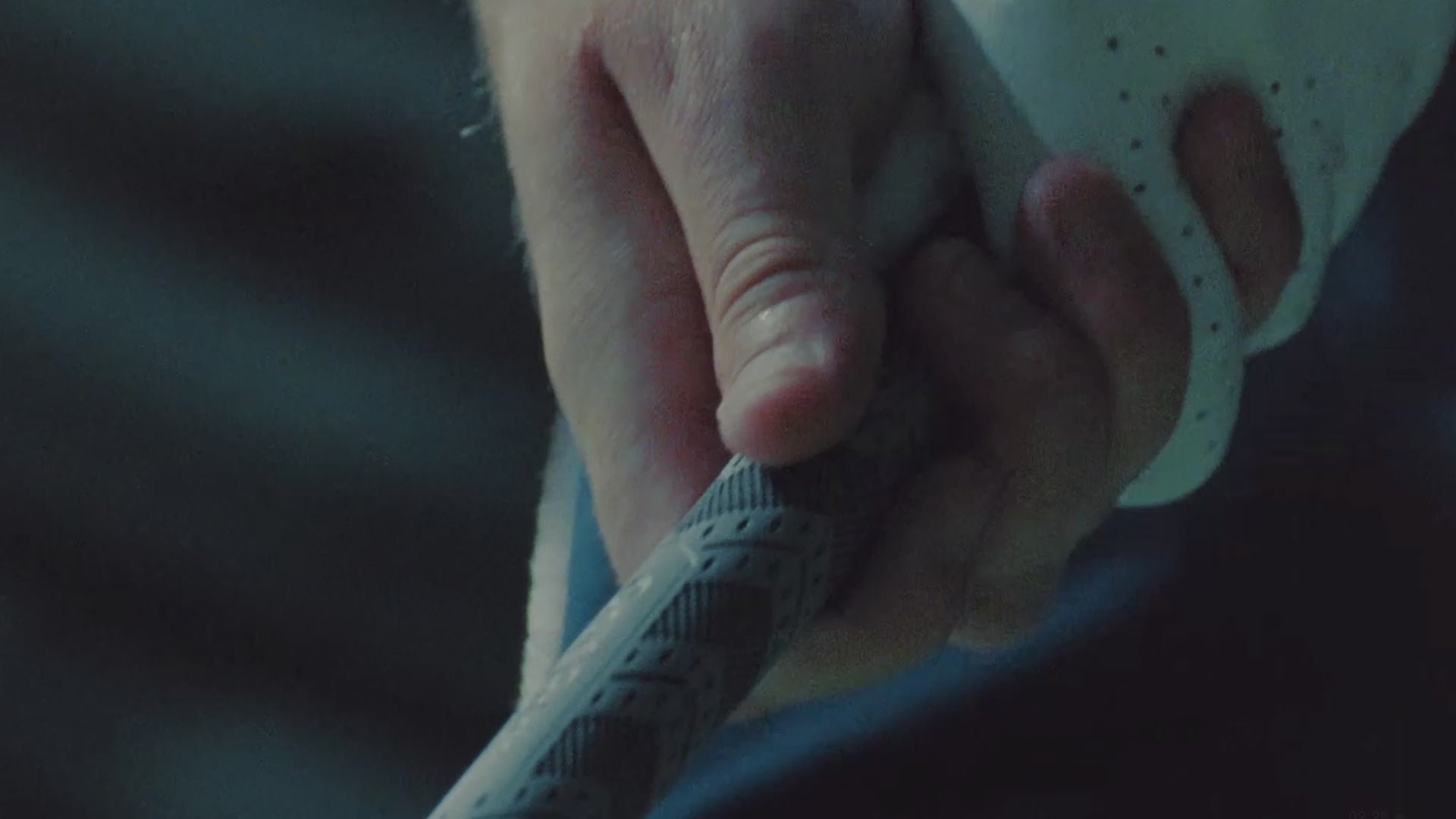Course Management in Golf: Your Ultimate 4-Step Guide
Apr 30, 2025
When it comes to course management in golf, I've spent decades watching amateur golfers make the same mistakes over and over.
They grab driver on every tee box, aim directly at flags tucked behind bunkers, and try to pull off miracle shots that even pros like Scottie Scheffler would think twice about.
And then they wonder why they can't break 90.
The truth is, smart golf course management might be the most underrated skill in the game. It's not as sexy as bombing a drive or sticking an approach shot to within a few feet of the pin, but it's often the difference between posting your best round ever and walking off the 18th green frustrated and defeated.
The "Hero Shot" Fallacy
Every golfer has found themselves in this familiar scenario: You've sliced your drive into the trees and there's a tiny gap (maybe the size of a car door) that if you think you can perfectly thread to hit the green.
The smart play is to punch out sideways and save bogey. But that little voice in your head whispers, "you can make this shot."
Spoiler alert: You probably can't. And even if you pull it off 1 out of 10 times, the other nine attempts are costing you strokes that add up quickly.
Just last year, I had a student who consistently shot around 90 every round — despite having above average swing mechanics. When we played together, I noticed he attempted at least 4-5 "hero shots" each round. We made a simple deal: For one month, he would play the higher percentage shot every time, which reduced risk.
His average score dropped six strokes in three weeks. Not because his swing improved, but because he stopped playing checkers and started playing chess when it came to his golf course management.
Good Golf Course Management Means Being Honest with Your Distances
Another critical aspect of good golf course management is having honest distance assessment. Too many amateurs play their "career best" distances instead of their average ones, thinking they hit a 7-iron 175 yards because they've done it a few times before — but their real number is closer to 160 yards.
If your 7-iron travels 175 yards when you absolutely pure it, but it typically goes 155-160 yards, then 155 is your playing distance. Period.
Most recreational golfers would immediately lower their golf scores by taking one more club than they think and swinging at 80-90 percent effort, rather than over-swing a different club choice. The control and consistency this approach provides will transform your game.
Play to Your Pattern, Not Your Wishes
We all have a shot pattern — whether it's a slight draw, a gentle fade, or something less intentional. Fighting against your natural pattern is a recipe for disaster.
If you typically hit a 15-yard fade with your driver, don't aim down the middle of a fairway with trouble on the right. Instead, aim 15 yards left of center and let your natural ball flight work for you. This simple adjustment acknowledges reality rather than wishful thinking.
Pro golfers understand this concept perfectly. Just watch guys like Rory McIlroy, who rarely fights his natural shot shape. Instead, he aims accordingly and embraces his shot patterns.
"Missing Smart" is a Great Golf Course Management Plan
Perhaps the most important chess move in golf is planning for your misses. Before every shot, ask yourself this question: "If I miss this shot, where's the safest place to miss it?"
Short-sided in a bunker? Disaster. Long with plenty of green to work with? Manageable.
When you start thinking about smart misses, you're playing chess. You're thinking two moves ahead instead of just about the immediate shot. This approach doesn't mean playing with fear, it means playing intelligently.
The next time you play, try approaching the course as a puzzle to be solved, rather than an opponent to be conquered. Think about angles, safe zones, and high-percentage plays. You might be surprised how quickly your scores improve when you start playing chess instead of checkers — which is how the pros handle course management.
Brendon Elliott is an award-winning PGA Professional and golf coach, having earned 25+ Prestigious Industry Awards in his career. As a freelance writer, his golf instruction articles have also been published by PGA.com, PGA Magazine, Golf.com, and GolfWRX. You can discover more about Elliott on his website.






